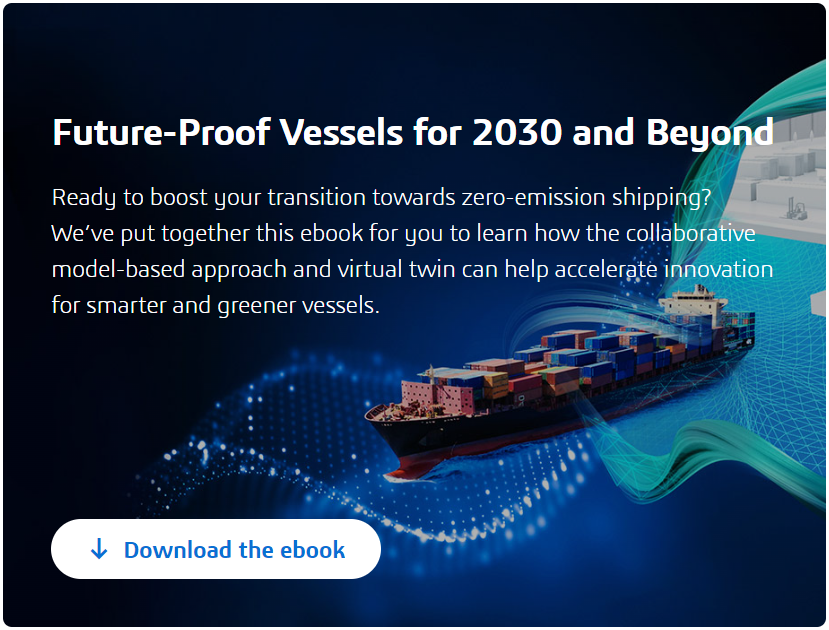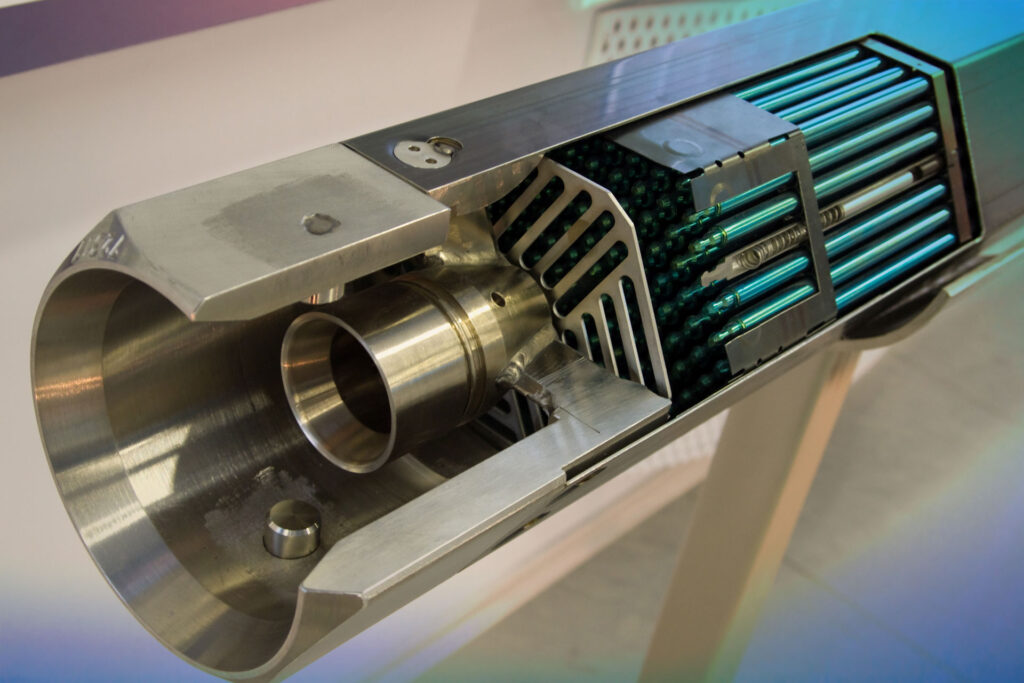Growing pressure to combat climate change and reduce energy-related carbon emissions in shipping has propelled alternative fuels into the spotlight. By 2030, the International Maritime Organization (IMO) plans to decrease the industry’s greenhouse gas emissions by at least 20%, paving the way for a new generation of ships powered by the likes of ammonia, biofuels and hydrogen in place of fossil fuels. Yet, despite the progress being made, one big question remains: will there be enough zero-emission fuels to go around? As energy demand threatens to outstrip supply, advanced nuclear energy technologies are also being considered as a zero-carbon option for the wider maritime industry.
Why don’t we use nuclear cargo ships?
Abundant and carbon-free, nuclear power is already a proven and viable energy solution for naval ships, submarines and ice breakers – all vessels that need to be at sea for long periods without refueling. Since launching the first nuclear-powered vessel, submarine USS Nautilus, in 1954, the US Navy has run more than 6,200 reactor years without a single incident, sailing more than 240 million kilometers on nuclear power. Globally, there are around 200 nuclear reactors in operation on 160 vessels. Marine nuclear propulsion, however, is not yet widely used in commercial shipping, largely due to the high cost constraints of making and installing onboard reactors, as well as safety concerns around ships entering ports. Advances in nuclear technology – particularly fourth-generation small modular reactors (SMRs) – could change that.

What are SMRs?
An SMR or fast neutron reactor is the latest generation of nuclear reactor. Much smaller and more lightweight than a conventional nuclear reactor, an SMR is also deemed less risky and complicated to install and operate. There are more than 80 SMR designs being developed worldwide, ranging from lead-cooled reactors to molten-salt reactors – where molten lead or hot liquid salts and long-life nuclear waste serve as coolant and fuel.
Companies like NAAREA are leading the way in the development of SMRs and hope to have their technology on the market by 2030. NAAREA’s concept will turn highly irradiated spent nuclear fuel from previous generation reactors into a new energy source, delivering a reliable supply of clean electricity and using up radioactive waste in the process. To speed up development, the company is creating a fully functional version of its reactor in the virtual world first. This virtual twin, built with Dassault Systèmes’ 3DEXPERIENCE platform, allows managing all design, engineering and manufacturing processes in one single platform.

How will nuclear-powered ships develop?
Given the urgency and immense challenge of decarbonizing the marine sector – and finding a carbon-free fuel source that doesn’t compete with shore energy – more key shipping stakeholders are coming together to explore the potential of nuclear-powered commercial vessels. New consortiums and collaborations will help to overcome the associated technical, regulatory, economic and licensing challenges of commercializing nuclear power at sea.
For example, the recently launched Nuclear Energy Maritime Organization (NEMO) will work with the International Maritime Organization and the International Atomic Energy Agency to establish global standards and regulations around how nuclear power is deployed, operated and decommissioned in maritime applications. Green corridors will also play a critical role by having agreements in place between ports to receive commercial vessels with licensed reactors onboard.
Are there any nuclear-powered cargo ships?
Like the naval ships, submarines and ice breakers already running on nuclear power, large ocean-going vessels like containerships and tankers are good candidates for nuclear propulsion. At sea for months at a time, they consume vast amounts of power and would benefit from not having to enter ports to refuel.
While nuclear-powered commercial ships are still years in the making, the consensus is that the first vessels could be under construction by 2030, driven by some key nuclear projects underway across the maritime industry:
- HD Korea Shipbuilding & Offshore Engineering, part of HD Hyundai, has partnered with TerraPower and CORE POWER to develop small modular nuclear reactors for use on newbuilds.
- Led by the Norwegian Maritime Authority, NuProShip isa consortium of Norwegian universities, shipbuilders and shipping companies focused on developing a fourth-generation reactor for marine vessels. The group has shortlisted three designs and plans to pick one by the end of 2024 and have a prototype to test by around 2030.
- Ulstein’s concept ship ULSTEIN THOR will have a thorium molten salt reactor and will serve as a mobile power/charging station for battery-powered cruise ships.
- Lloyd’s Register has teamed up with shipping company Zodiac Maritime, shipyard HD KSOE and nuclear engineering company KEPCO E&C to develop nuclear-propelled ship designs, including container ships and bulk carriers.
- Chinese shipyard group CSSC has designed a nuclear-powered ultra-large container ship that will be powered by a molten-salt reactor, likely using thorium as fuel.
- Japanese shipping company Imabari Shipbuilding has joined a project led by UK startup CORE POWER to develop floating nuclear power plant concepts using SMR technology. 13 Japanese companies have invested US$80 million in the project, which sets out to launch a demonstration vessel in 2026 and commercialize it by 2032.
As of today, these projects remain at the research stage, awaiting for an update of the IMO existing guidelines and consensus between shipowners, regulators, technology provider and ports.
“The industry cannot afford to ignore the vast potential offered by nuclear propulsion both in terms of emissions reduction and operational efficiency. A net-zero world is more easily realized through nuclear propulsion, and we are putting in place the foundations for that future today.”
Christopher Wiernicki, ABS chairman and CEO
(source: World Nuclear News)
Discover more:
/industries/marine-offshore/maritime-fuels-of-the-future
/industries/infrastructure-energy-materials/building-a-micro-reactor-in-the-virtual-world
/industries/infrastructure-energy-materials/developing-a-future-roadmap-for-smrs-with-virtual-twins
